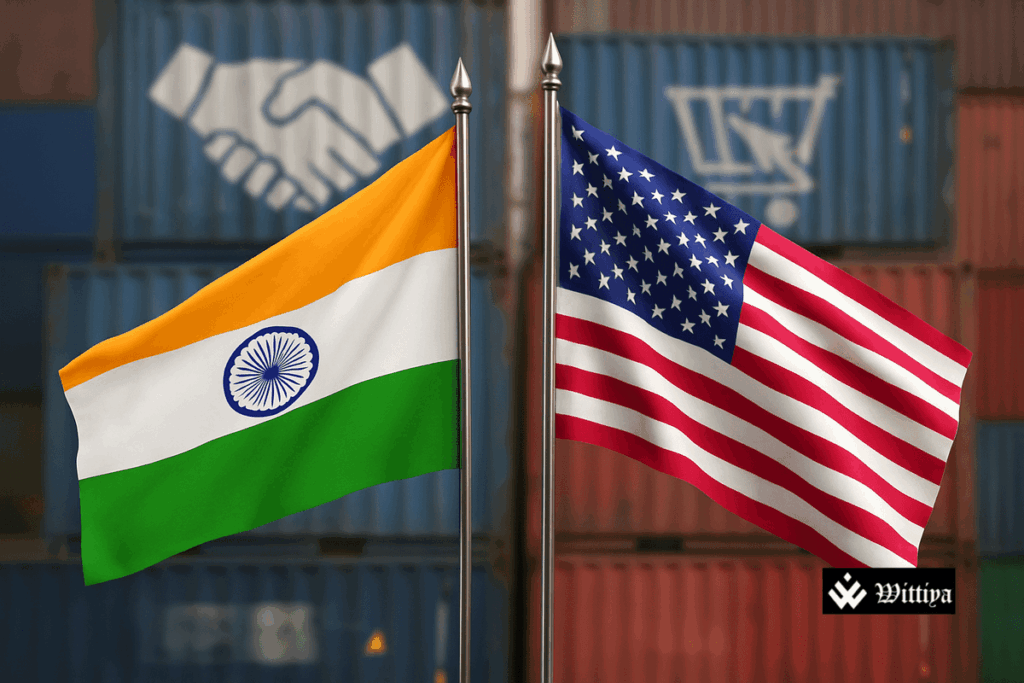India offers to reduce its tariff gap with the U.S. to under 4% in exchange for tariff exemptions, aiming to finalize a trade deal with the Trump administration.
India has proposed slashing its tariff gap with the United States from nearly 13% to under 4% in exchange for an exemption from U.S. tariffs. This offer comes as both nations aim to rapidly finalize a trade deal. The proposal, under negotiation, includes zero duties on 60% of tariff lines initially and preferential access to nearly 90% of U.S. goods.
India, which is currently the world’s fifth-largest economy, seeks preferential market access for key sectors and parity with U.S. allies in critical technologies. India and the U.S. are discussing terms as the U.S. continues to negotiate trade deals with other nations, including the U.K. and Japan.
The United States remains India’s largest trading partner, with bilateral trade totaling approximately $129 billion in 2024. India currently enjoys a trade surplus with the U.S. of around $45.7 billion. The proposed changes aim to address trade imbalances and facilitate smoother trade relations, benefiting both nations economically.
In response to U.S. tariffs, including the 26% tariff on Indian goods, India has made significant offers to bring down trade barriers and strengthen bilateral ties. This includes the potential for tariff reductions on Indian products and preferential treatment in critical sectors such as technology. The deal is expected to shape future trade relations between the two countries.
About India’s Trade Relations with the U.S.
India is an important trading partner for the United States, with extensive economic ties spanning various sectors, including agriculture, technology, and manufacturing. The proposed tariff cuts are part of India’s broader strategy to engage with the U.S. on more favorable trade terms, reflecting the country’s ambition to improve its global trade standing.



